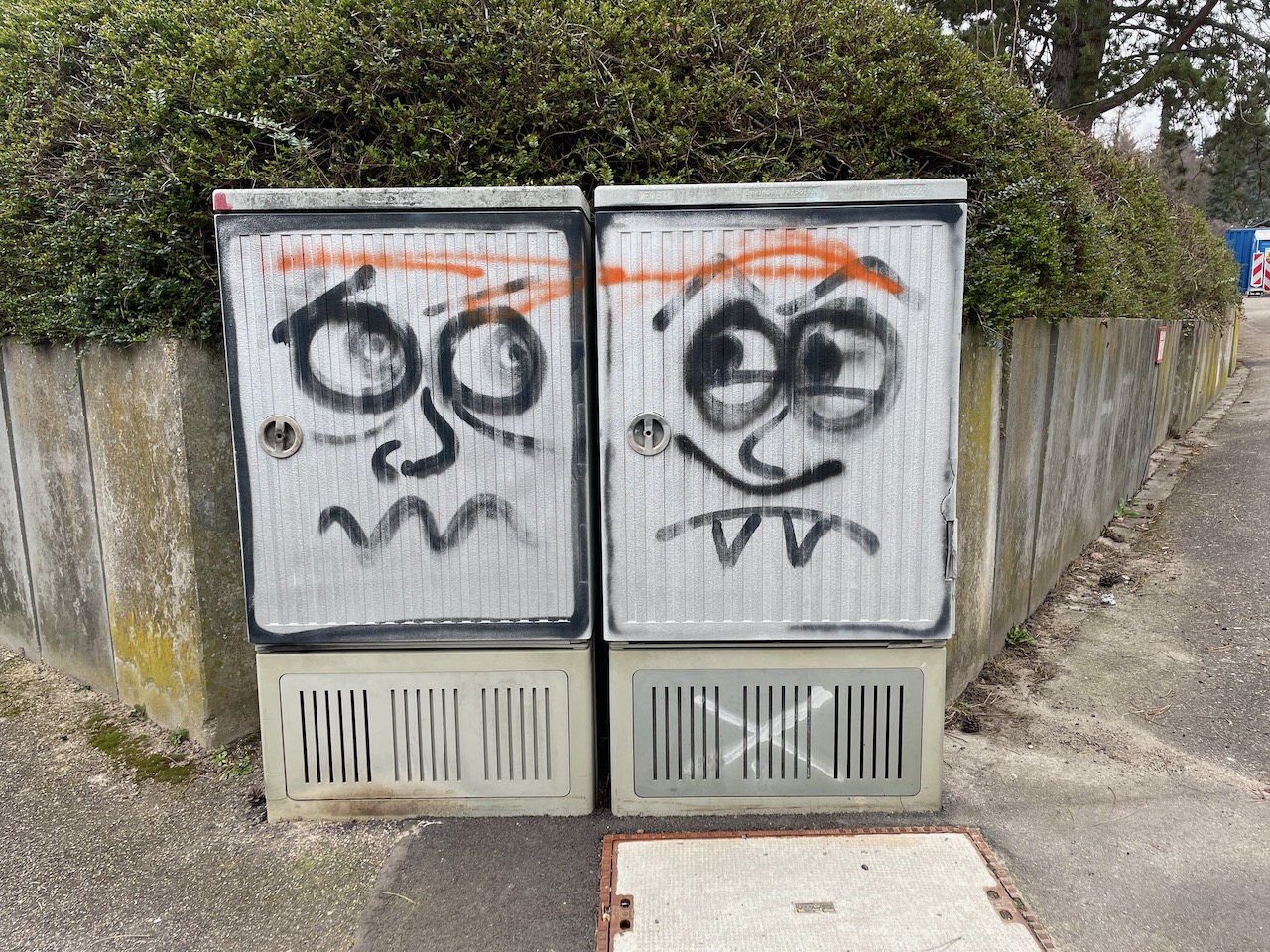When viewing Community Memory through a contemporary lens, the technological precedents it contributed to are obvious. Community Memory was a pre-Web social network, the proto-Craigslist of the 1970s and 1980s.
COMMUNITY MEMORY: PRECEDENTS IN SOCIAL MEDIA AND MOVEMENTS
Probieren wir das einfach mal aus: Wir packen eines dieser neumodischen Computer-Dingens in einen Plattenladen neben die Pinnwand, auf der die Leute bisher ihre „Bassiste gesucht“-Anzeigen festgepinnt haben, und schauen, was passiert. So oder so ähnlich begann das Community Memory in Berkeley, California. Mit dabei Lee Felsenstein, der danach Serien-Mitgründer von Processor Technologies und Osborne Computers war.
The primary aim of the Community Memory Project was to provide people with access to a computer, in order to use it for exchanging information within their own community. The group did this through the creation of what they called “terminals”—essentially, a publicly accessible computer that could be used as an electronic bulletin board. For many people who encountered the initial terminals, it was their first experience with a computer, and they made use of them in ways that Felsenstein and his collaborators didn’t expect.
On Community Memory
Marin Computer Center
And even back then, when there were relatively few choices, picking “the right system” was a problem. David spent six months collecting brochures on every one manufactured within a 25,000-mile radius, and when it finally came down to the ultimate decision, we purchased ten Processor Technology Sol-20s. Why? Because they were blue.
You Want to Open a What?
Ein zweites Projekt, wenige Jahre später, setzte gleich auf den von Felsenstein mitentwickelten Sol-20-Computern auf. Ein Ehepaar machte es sich zur Aufgabe, den Leuten in ihrer Umgebung Computer zugänglich zu machen. Natürlich gab es da Menschen, die die falschen Prioritäten setzten (oder eben zu hohe Anforderungen an die superschnellen Computer hatten):
Then there were the customers who asked, “How long will it take for this game to load?” “Somewhere between four and five minutes,” we’d reply. Using one of those new digital watches, they’d stop the recorder when 4 minutes and 30.0 seconds had elapsed and then demand to know why the game didn’t work.
You Want to Open a What?
Von Annie Fox (der Gründerin) gibt es einen tollen Beitrag von 1978 in der People’s Computer, bei dem auch der Rest der Zeitschrift viele kleine Einsichten in die Welt liefert, die damals noch nicht so recht wußte, was sie mit „diesen Computern“ machen sollte.
